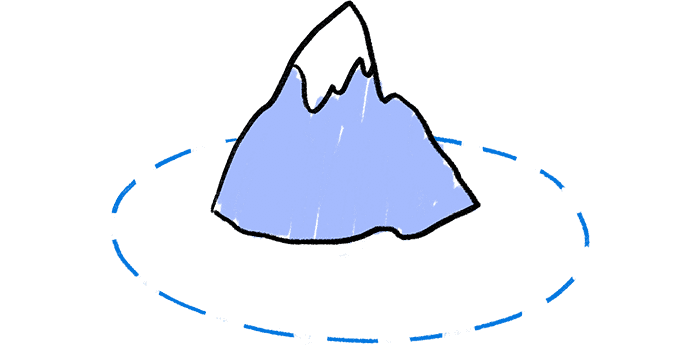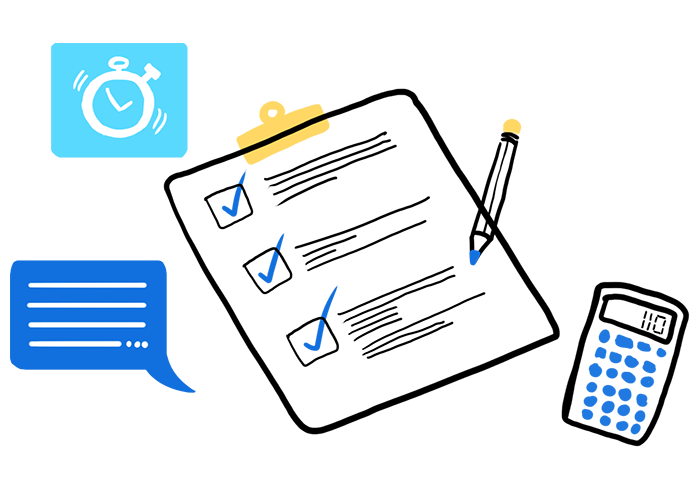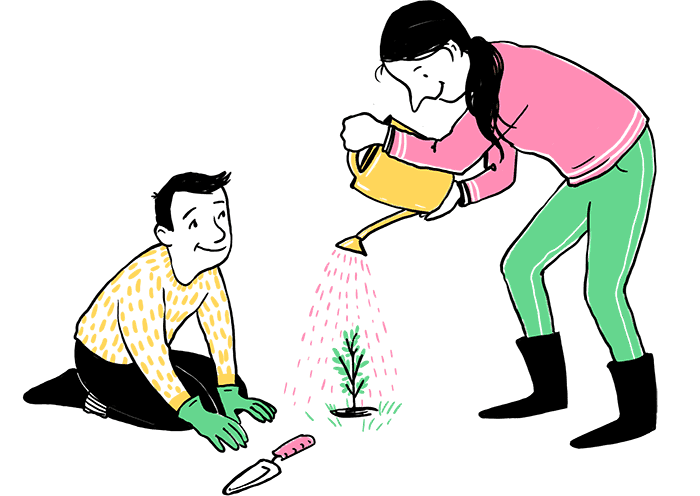Educational assessment at Vesturbæjarskóli
Emphasis is placed on formative learning and weaving it together with teaching and learning. The main purpose of formative learning is providing students with feedback and guidance in a constructive way consistently throughout the learning process while also giving parents information about their children's progress at any given time. The goal is for students to know where they stand in the learning process and where they are headed, and to receive guidance that helps them bridge the gap between the two.
Through formative learning, both teachers and students receive regular information about learning progress and whether instruction has been effective. It is essential that the information be used to improve learning and teaching so students reach their intended goals.
Purpose of educational assessment
The main purpose of educational assessment is to gather information about students' academic standing. This confirms whether students have gained the knowledge, skills and abilities contained in the learning objectives being worked toward at any given time. Educational assessment provides information about students' academic standing at the specific time when the information is gathered. When information from the educational assessment is used in a targeted way, we can improve teaching and instructional methods to support student achievement and enhance cooperation and communication between families and schools.

Diverse assessment methods
We use diverse assessment methods to systematically track every child's progress through formative assessment based on specific goals and performance standards. Examples of formative assessment methods include discussions, group work, concept maps, interviews, journals, KWL charts, goal setting, self-assessment, peer assessment, review cards, presentations, portfolios, quizzes, creative projects, student work samples, oral assignments, and checklists.
Feedback, goals and criteria
Students receive information about their progress compared to learning objectives and defined criteria. Feedback is only meaningful when students use it and always get the opportunity to improve. Clear learning objectives and defined success criteria are essential for effective feedback. Criteria tell students when they've reached the goal. Learning objectives, assignments, criteria, and feedback create a unified whole. It's important to remember that assignments themselves are never the goal, but rather tools that help students achieve objectives and competencies.
Assessments in Mentor
Assessments are regularly recorded throughout the school year in each student's competence profile on Mentor. Each competence profile includes the national curriculum competency standards that serve as the basis for assessments. The planning for each academic term is outlined in the curriculum plans. At the start of each academic term, teachers plan which assessment criteria will be evaluated when the term ends.

Assessment scales
The rubrics use symbols to show how well students have mastered specific knowledge, skills, understanding and abilities.
Exemplary: The student demonstrates deep understanding and applies their knowledge in varied and creative ways. They work with accuracy, independence, and initiative. The student has met all goals and even exceeds expectations.
Proficient: The student has met the targeted goals and competencies. Their work and performance show a clear understanding of the subject and an ability to apply knowledge and skills appropriately for their age and expectations.
On track: The student is developing understanding and skills. Confidence or depth of knowledge still needs work. They are working toward the goals and, with continued support and practice, are likely to reach proficiency.
Needs support: The student has not yet developed adequate understanding or skills in the subject and has difficulty applying what they have learned. They need more time, practice, and targeted support to develop the necessary competencies.
Important factors
Important factors have a long history at Vesturbæjarskóli and describe key competencies in the National Curriculum. Important factors are assessed in connection with any subject or theme throughout the school year.
At the end of the school year, children receive important factors and an official statement from teachers.

Children's sample folders
Children create samples two to three times a year, which teachers use to assist with educational assessment.
The sample folder contains examples of children's work such as story writing and handwriting samples and other projects worth keeping. Children also create a self-portrait at the beginning and end of the school year for the folder.
When children leave the school, they receive the folder at the 7th grade graduation ceremony.